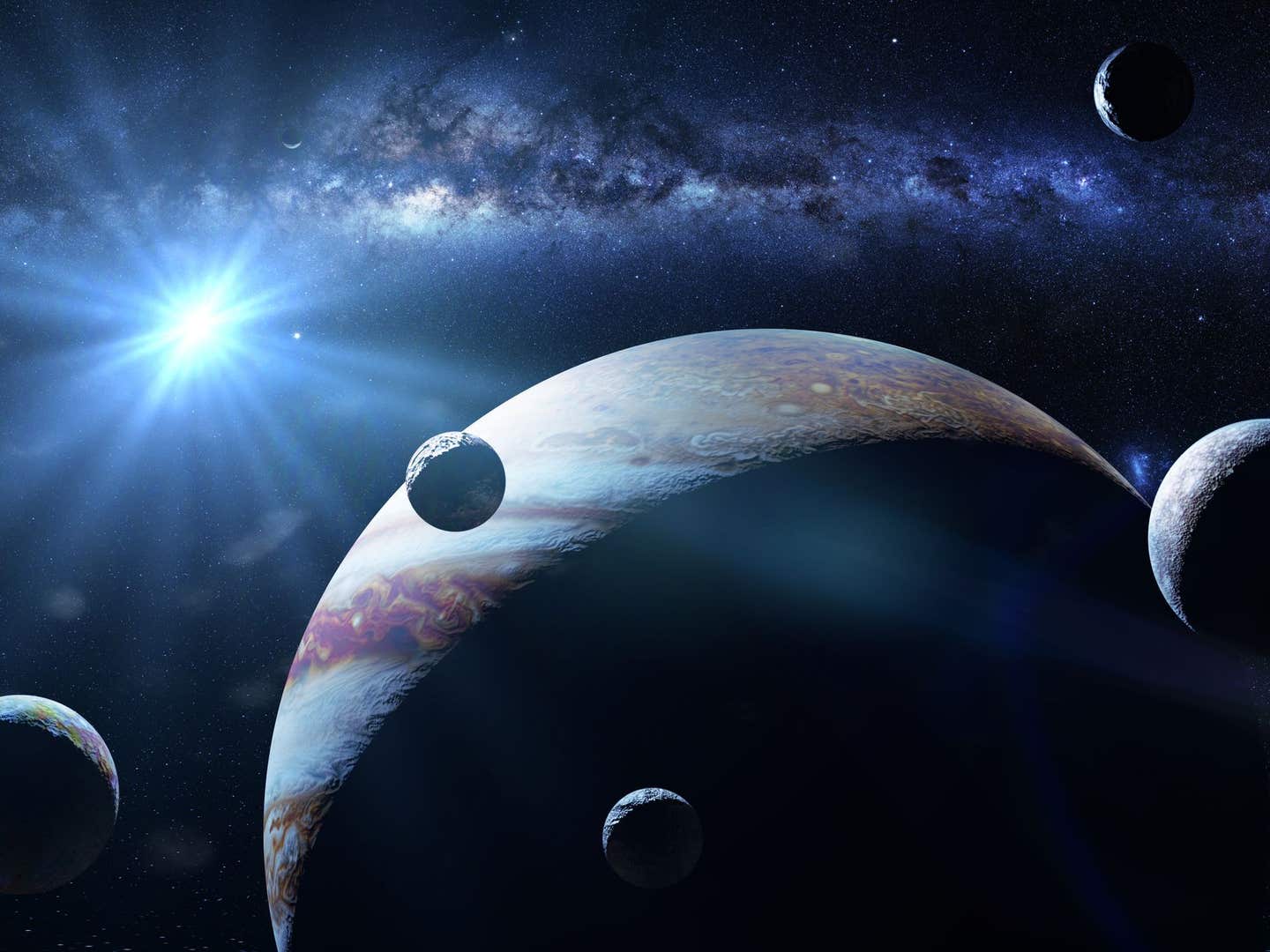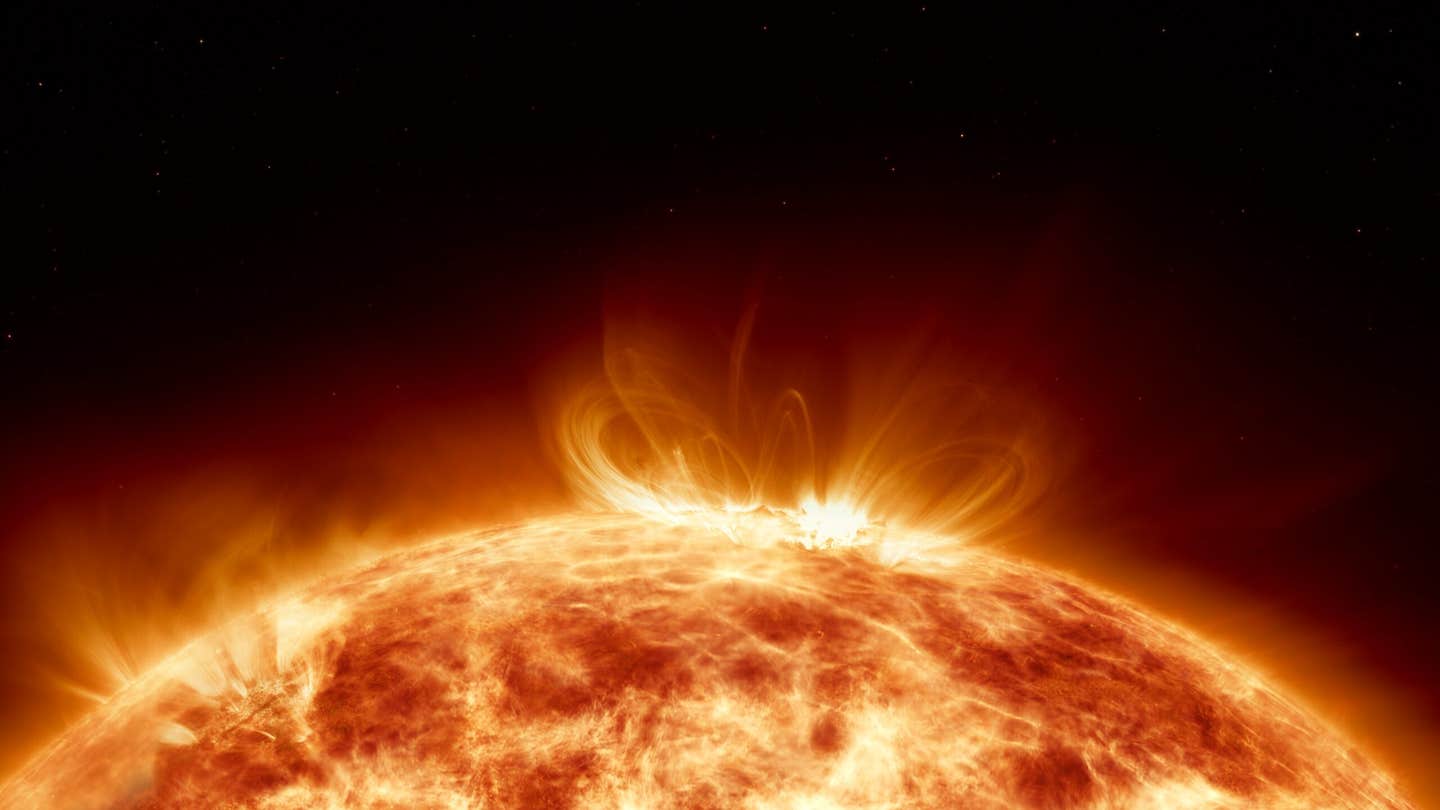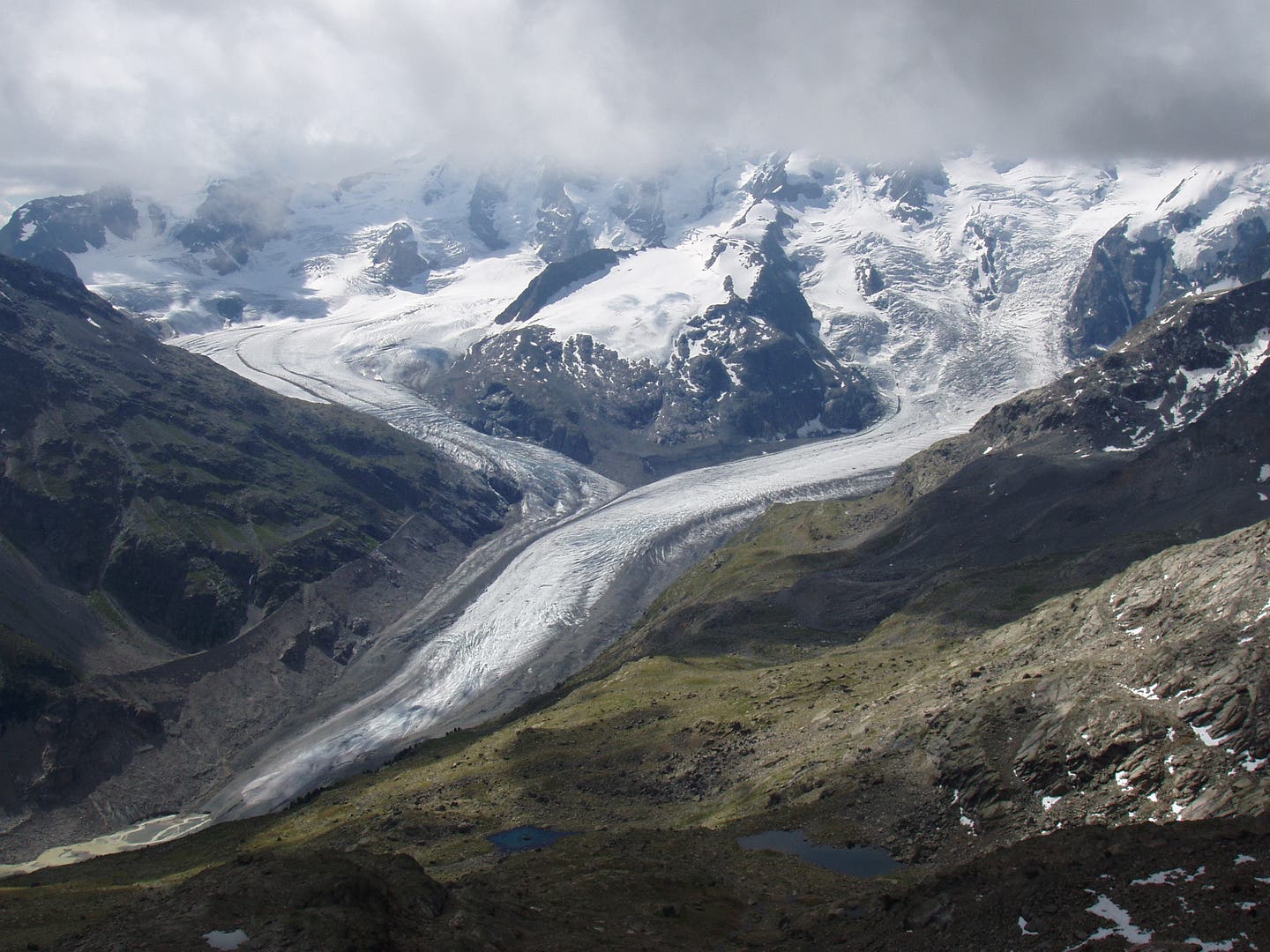Why are giant planets found at the outer reaches of solar systems
New study shows how wide-orbit planets like Planet Nine could form through cosmic chaos in early star clusters.

Planets hundreds of times farther from their stars than Earth may be more common than we thought. A new study from Rice University reveals how chaotic early planetary systems, combined with crowded birth star clusters, may naturally create these distant giants. (CREDIT: CC BY-SA 4.0)
In the remote outer reaches of planetary systems, far beyond the orbit of known planets, enormous and mysterious worlds silently loop around their stars. Some drift as far as 10,000 times the distance between Earth and the Sun. For decades, astronomers struggled to explain how these lonely giants ended up so far from the warm center of their systems. But thanks to new research out of Rice University, the mystery might finally have a solution.
A new study, published in Nature Astronomy, reveals that these distant worlds are not cosmic flukes. They are the natural results of wild early-life behavior in planetary systems. During this chaotic stage, young planets collide, bounce, and scatter like balls on a pinball machine. Sometimes, if the conditions are just right, one of these planets gets pushed to the outer limits of the system and stays there.
"Essentially, we’re watching pinballs in a cosmic arcade," said André Izidoro, a lead author and assistant professor at Rice. "When giant planets scatter each other through gravitational interactions, some are flung far away. If the timing and surrounding environment are just right, those planets don’t get ejected, but rather they get trapped in extremely wide orbits."
When Star Clusters Act Like Anchors
These wide-orbit planets form while stars are still part of crowded birth clusters, which contain hundreds or even thousands of stars. The Rice team, along with collaborators from the Planetary Science Institute, ran thousands of computer simulations of early planetary systems living in these dense clusters.
Each simulation mimicked real planetary conditions. Some modeled systems like our own solar system with gas and ice giants, while others tested planets orbiting binary stars or made entirely of ice giants. In many of these virtual universes, planets were kicked into orbits between 100 and 10,000 astronomical units (AU) from their stars. That’s up to 250 times farther than Neptune.
Usually, when planets are pushed that far, they don’t survive. They get ejected into deep space and become rogue planets. But in the simulations, some survived. Gravitational nudges from neighboring stars in the cluster helped stabilize these extreme orbits.
Related Stories
"When these gravitational kicks happen at just the right moment, a planet’s orbit becomes decoupled from the inner planetary system," explained Nathan Kaib, a co-author of the study. "This creates a wide-orbit planet — one that’s essentially frozen in place after the cluster disperses."
This stability matters. A planet stuck on an elongated, distant orbit is no longer vulnerable to interference from other planets in its system or even the Milky Way’s tidal forces. That’s what makes these wide-orbit planets so curious. They're both stable and wildly distant.
Could Planet Nine Be Real?
The findings might shed new light on one of the solar system’s most intriguing mysteries: Planet Nine. This theorized world, if it exists, could be between five and ten times Earth’s mass and orbit somewhere between 250 and 1,000 AU from the Sun.
It hasn’t been observed directly. But several icy bodies beyond Neptune have strange, clustered orbits that suggest they’re being pulled by something big and unseen. Planet Nine could be that something.
According to the study, if the early solar system experienced two specific instability phases — one during the growth of Uranus and Neptune and another during the later scattering among gas giants — there’s up to a 40% chance that Planet Nine was trapped in its current location.
"Our simulations show that these kinds of orbits are entirely possible," Izidoro said. "The solar system might not be unique, but it could be one of the more efficient ones when it comes to trapping these wide-orbit planets."
Rogue Planets and the Odds of Survival
But what happens to the ones that don’t get lucky? Many of these planets are flung completely out of their systems. These are called free-floating or rogue planets. They wander the galaxy alone, untethered to any star. Observations have already found a few dozen of them, and simulations suggest they could number in the billions.
"Not every scattered planet is lucky enough to get trapped," Kaib said. "Most end up being flung into interstellar space. But the rate at which they get trapped gives us a connection between the planets we see on wide orbits and those we find wandering alone in the galaxy."
This link, called "trapping efficiency," shows how often scattered planets end up in stable wide orbits. The research found that in solar system-like conditions, trapping happens about 5–10% of the time. Other types of systems, like ones made only of ice giants or orbiting two stars, had much lower odds.
Even though the odds sound low, they matter. "We expect roughly one wide-orbit planet for every thousand stars," Izidoro said. With billions of stars in the Milky Way, that adds up fast.
New Targets for Future Telescopes
The study also provides a roadmap for future exoplanet hunters. Wide-orbit planets are hard to detect because they’re so far away and dim. But the research suggests they’re more likely to appear around metal-rich stars that already have gas giants.
These stars could become prime targets for deep imaging surveys. Instruments like the upcoming Vera C. Rubin Observatory will be essential. This telescope is expected to help either find Planet Nine or disprove its existence by scanning the sky in unprecedented detail.
Izidoro remains optimistic. "As we refine our understanding of where to look and what to look for, we’re not just increasing the odds of finding Planet Nine," he said. "We’re opening a new window into the architecture and evolution of planetary systems throughout the galaxy."
A Final Piece in the Planetary Puzzle
Most stars are born in dense clusters and spend the first few million years of life surrounded by sibling stars. During this time, planetary systems are forming and experiencing violent changes. Planets grow, collide, and jockey for position.
In these early days, the gravity from nearby stars can influence the outcome. A planet tossed onto an elongated orbit might just get a nudge from a passing star that keeps it from being lost. That single encounter can save a planet from exile.
Other theories for wide-orbit planets have been proposed, like forming in place from massive disks or collapsing from gas clouds. But these disks are rare, and the odds of forming a large planet that far out seem slim. The new model, based on chaos and interaction, seems far more likely.
The researchers used powerful simulations to test different types of systems and cluster environments. They showed that the Sun likely formed in a cluster dense enough to allow these trapping events, but not so dense that it would have ripped apart the early solar system.
The likelihood of forming a wide-orbit planet in such conditions depends on many factors, including how many planets are ejected and how strong the cluster’s gravitational influences are. In some scenarios, if five planets were ejected with a 10% trapping chance each, the odds of capturing at least one are around 40%.
That makes the case for Planet Nine a bit stronger. Whether or not we eventually spot this mysterious world, the science now suggests it could exist.
Note: The article above provided above by The Brighter Side of News.
Like these kind of feel good stories? Get The Brighter Side of News' newsletter.



